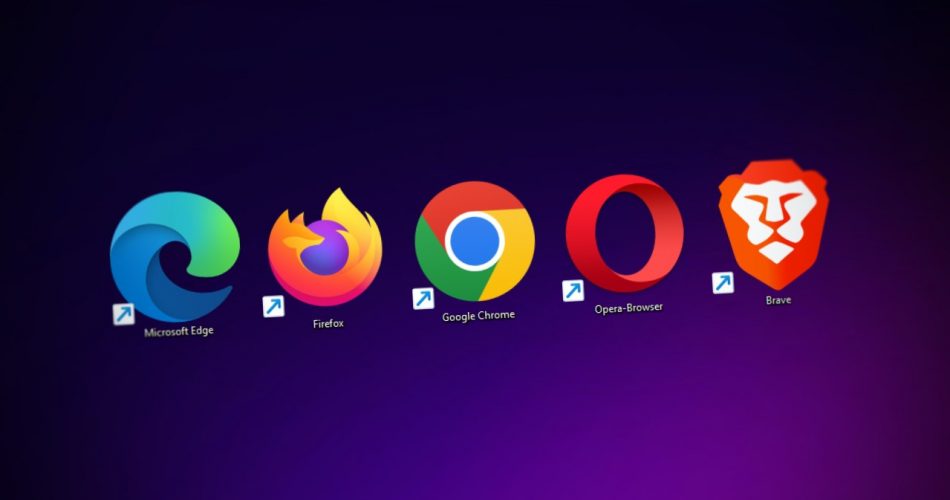Introduction:
In the dynamic landscape of web development, ensuring that your website functions seamlessly across different browsers is a crucial aspect of delivering a positive user experience. Mastering the art of cross-browser compatibility involves understanding the challenges, adopting best practices, and utilizing tools to create a consistent and reliable user interface. In this article, we’ll explore the importance of cross-browser compatibility, common challenges faced by developers, and practical tips to ensure your website performs well on all major browsers.
The Significance of Cross-Browser Compatibility:
Different users prefer different browsers, and ensuring that your website works seamlessly across a variety of them is essential for reaching a broader audience. Ignoring cross-browser compatibility can lead to frustrated users, higher bounce rates, and a negative impact on your website’s reputation. By mastering cross-browser compatibility, you enhance user satisfaction and create a more inclusive online experience.
Common Challenges and Pitfalls:
- Browser Rendering Differences:
Each browser has its own rendering engine, leading to variations in how they interpret and display web content. Addressing these differences is crucial to maintaining a consistent design. - JavaScript and CSS Compatibility:
Inconsistencies in how browsers handle JavaScript and CSS can result in functionality issues. Ensuring compatibility requires careful testing and sometimes alternative code for specific browsers. - Outdated Browser Versions:
Some users may still use outdated browser versions. Supporting these users while maintaining modern features can be challenging, requiring a balance between innovation and compatibility.
Best Practices for Cross-Browser Compatibility:
- Use Reset CSS:
Start with a reset or normalize CSS file to establish a consistent baseline for styling across different browsers. - Feature Detection Instead of Browser Detection:
Instead of identifying specific browsers, use feature detection to check if a browser supports a particular functionality. This allows for a more flexible and future-proof codebase. - Responsive Design:
Implement responsive design principles to ensure your website adapts to different screen sizes and resolutions, providing a seamless experience on both desktop and mobile devices. - Regular Testing:
Regularly test your website on different browsers and their various versions. Consider using browser testing tools to automate and streamline the testing process. - Progressive Enhancement:
Build your website with a focus on progressive enhancement, starting with a solid, functional core and adding advanced features for browsers that support them.
Tools and Resources for Cross-Browser Testing:
- BrowserStack:
A cloud-based cross-browser testing tool that allows you to test your website on various browsers and devices. - Can I Use:
A website that provides up-to-date browser support tables for front-end web technologies, helping you make informed decisions about which features to use. - Modernizr:
A JavaScript library that detects HTML5 and CSS3 features in users’ browsers, allowing you to adapt your code accordingly.
Conclusion:
Mastering the art of cross-browser compatibility is a continuous process that involves staying informed about browser updates, adopting best practices, and leveraging testing tools. By prioritizing compatibility, you not only provide a better user experience but also future-proof your website against evolving browser technologies. As the web development landscape evolves, the importance of cross-browser compatibility will only continue to grow, making it a fundamental skill for every developer.

